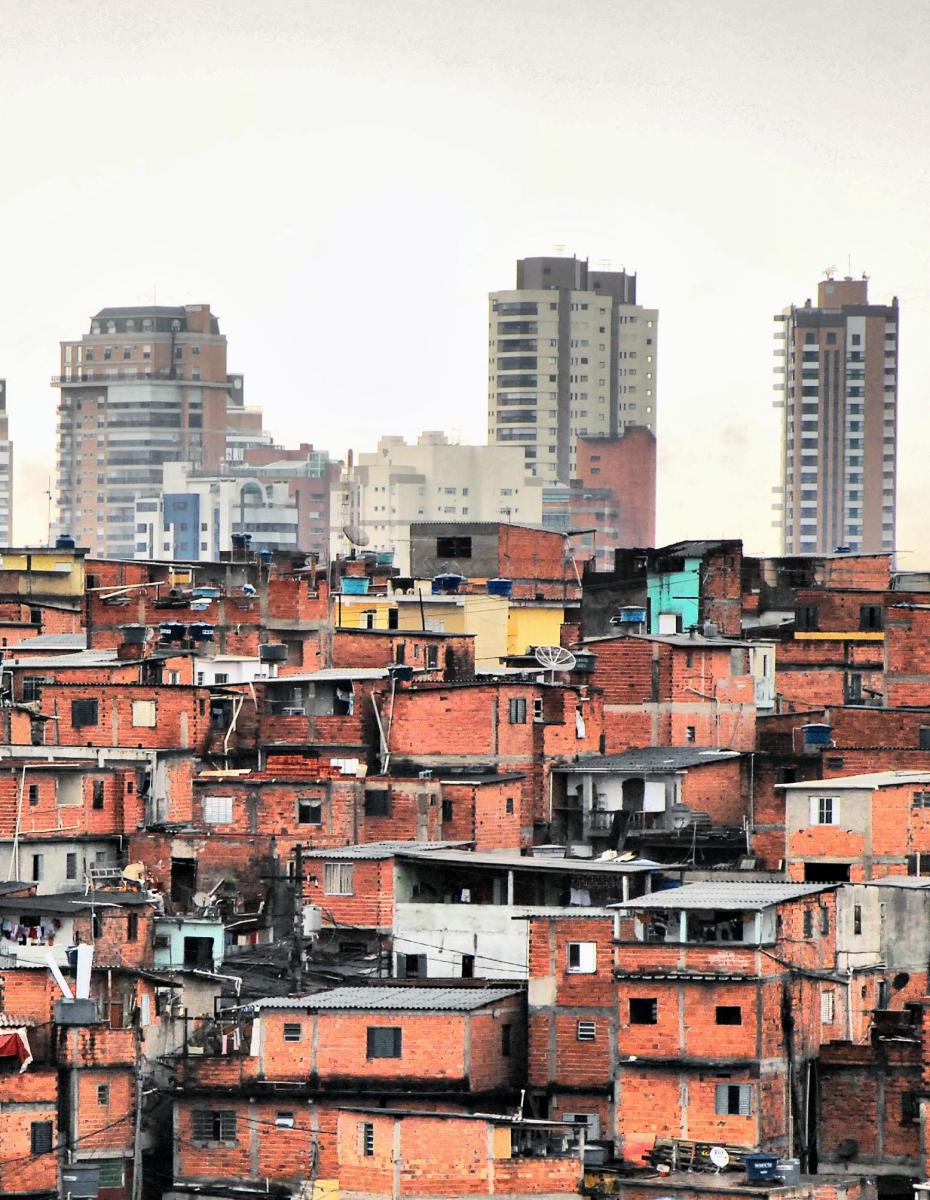Blog by Kate Donald, Director of CESR's Human Rights in Sustainable Development Program.
 This week, the UN Statistical Commission convenes for its annual meeting in New York. At the top of its agenda will be the latest report of the Inter-Agency and Expert Group on Sustainable Development Goal Indicators (IAEG-SDGs), which presents a final proposal for global indicators to monitor the SDGs. In the run-up to the Commission, various civil society groups have expressed their concern about particular indicators or missing indicators, as well as the opaque decision-making process.
This week, the UN Statistical Commission convenes for its annual meeting in New York. At the top of its agenda will be the latest report of the Inter-Agency and Expert Group on Sustainable Development Goal Indicators (IAEG-SDGs), which presents a final proposal for global indicators to monitor the SDGs. In the run-up to the Commission, various civil society groups have expressed their concern about particular indicators or missing indicators, as well as the opaque decision-making process.
The Center for Economic and Social Rights (CESR) is particularly concerned that SDG 10 (‘Reduce inequality within and between countries’) does not include a robust measure of economic inequality, and as such this indicator set is woefully incomplete. Economic inequality is a particularly pervasive and cross-cutting form of inequality that is a pressing issue in all countries, negatively impacting human rights enjoyment as well as poverty reduction and growth. Moreover, good methodologies to measure economic inequality already exist, which can easily be applied globally.
In general, the indicators for SDG10 that touch on income focus solely on the bottom end of the spectrum, thereby neglecting to consider high earners and the top wealth brackets. Including the top end of the distribution is essential when assessing overall economic inequality (given that inequality is by definition relative, and the accumulation of wealth and income at the top has direct impacts on the situation of those at the bottom).
CESR and others proposed a specific indicator that would have captured these concerns and measured the full distributive impacts of fiscal policy: the Palma ratio measured pre-tax and post-social transfers. Unfortunately, although a similar indicator did feature in previous IAEG proposals, neither this eminently measurable indicator nor the more widely-used Gini coefficient were included in the final draft. This leaves Goal 10 without a badly-needed economic inequality indicator and failing to address a crucial aspect of Target 10.4 ‘Adopt policies, especially fiscal, wage and social protection policies, and progressively achieve greater equality’. These shortfalls make it more likely this target will be overlooked by policy-makers.
One of the most important and hard-won elements of Target 10.4 is its explicit recognition of fiscal policy as a determinant of inequality, but the sole indicator agreed focuses on wages and social protection transfers (and moreover lumps them together in a way which dims the indicator’s power). Given the growing evidence of how fiscal policies can affect human rights, we feel this is a lamentable omission from the IAEG, distorting and unbalancing the target and the goal itself.
The final Agenda 2030 agreement Transforming Our World states that “inclusive and sustainable economic growth…will only be possible if wealth is shared and income inequality is addressed”. If the implementation of Agenda 2030 is to meet this essential condition, it will be necessary to incentivize the right policy actions with relevant indicators. It is to be hoped that national-level indicator sets can correct this glaring gap in the global list.